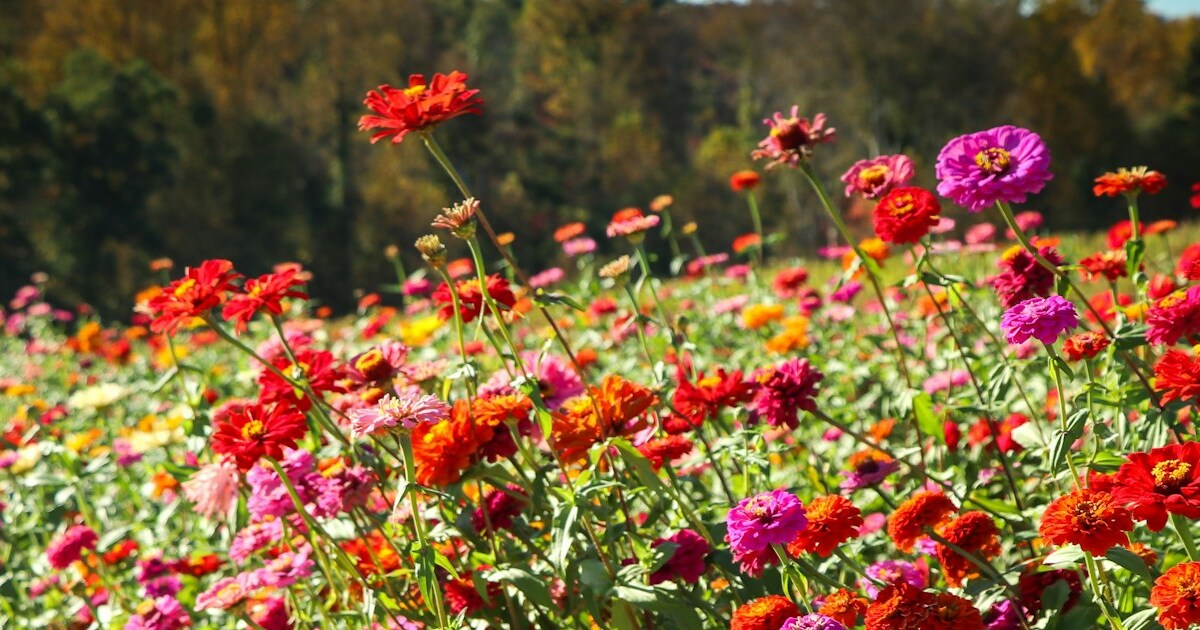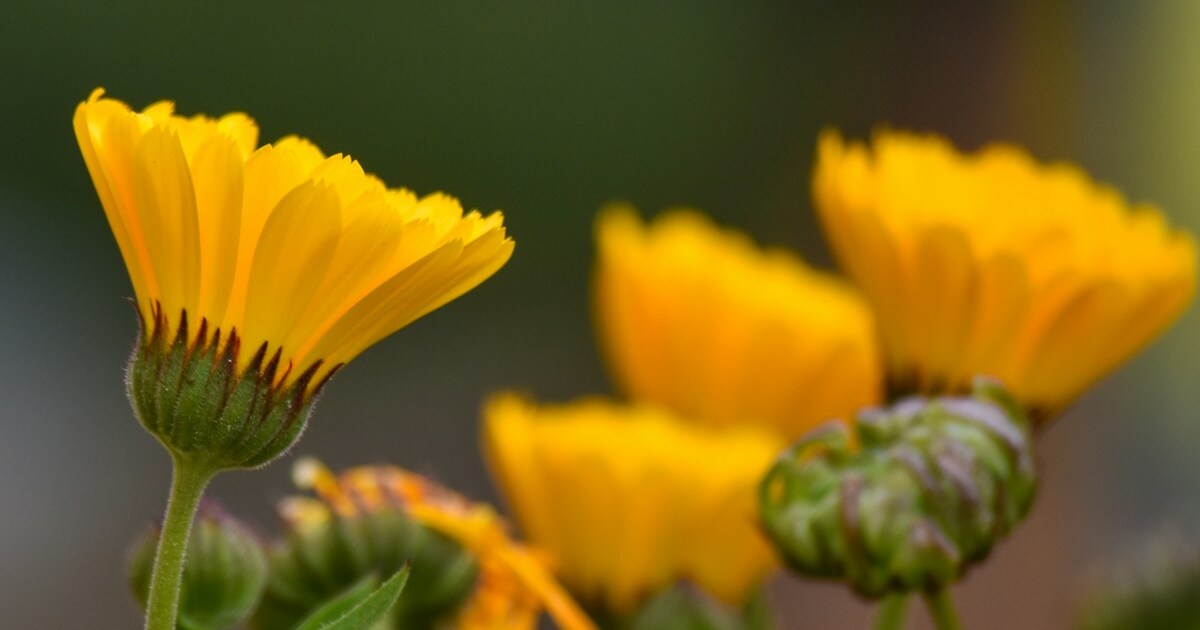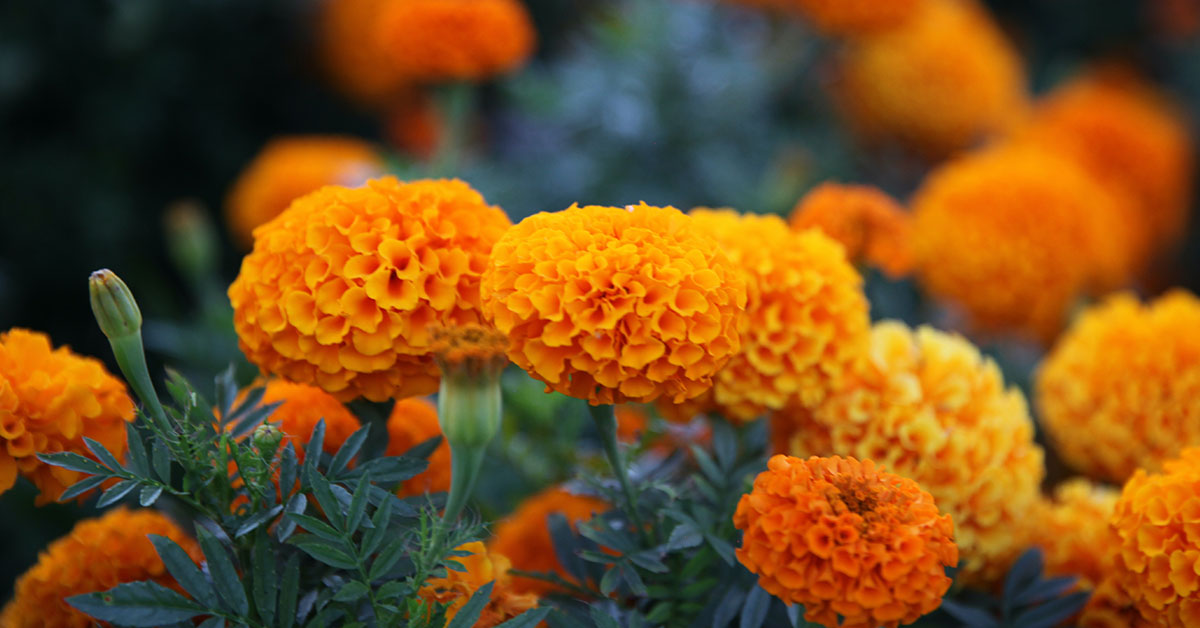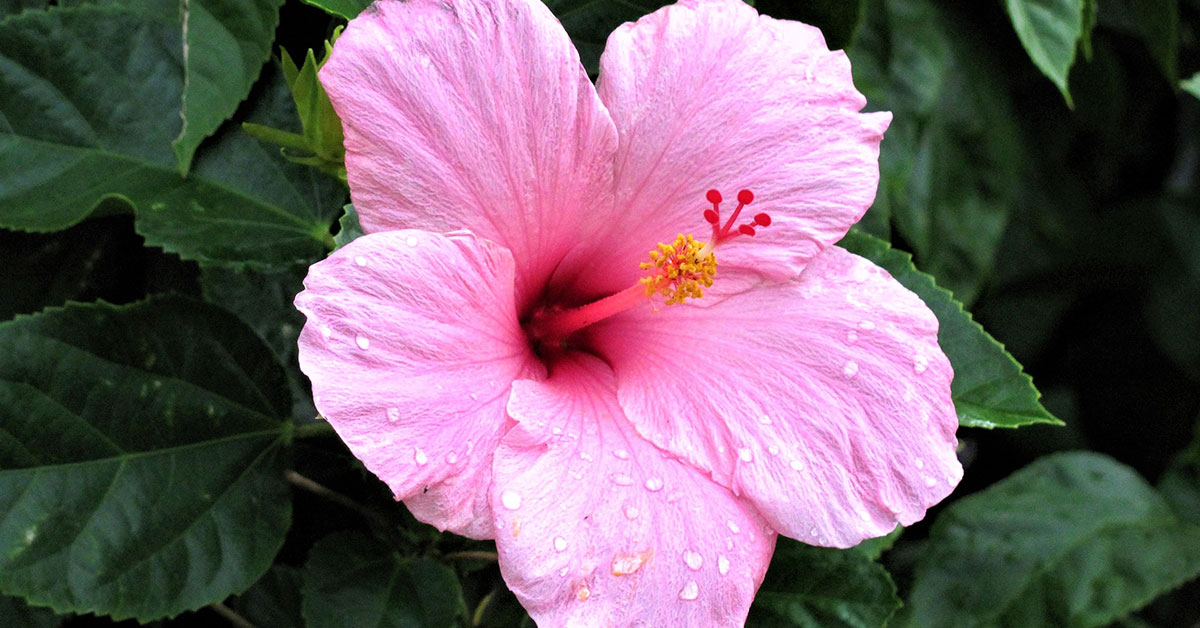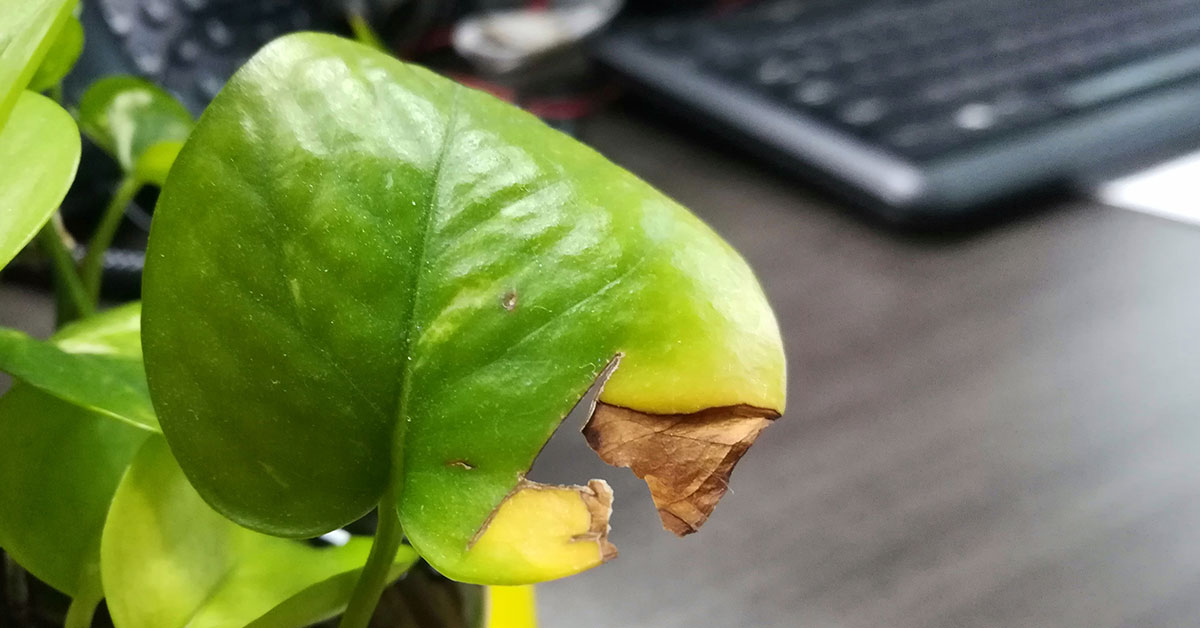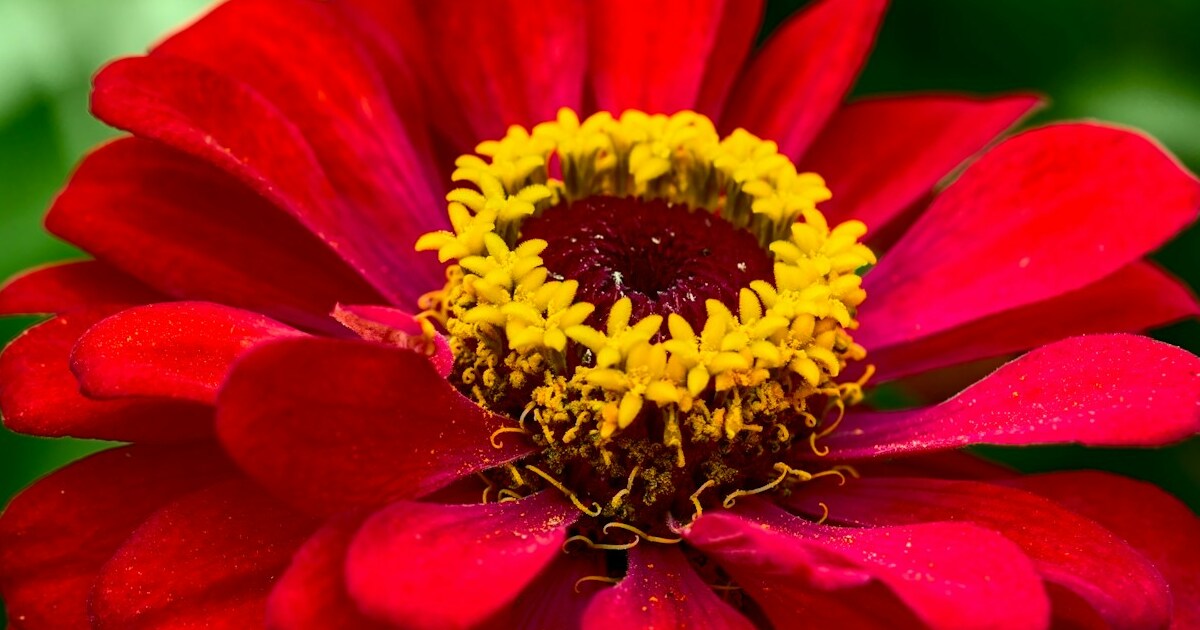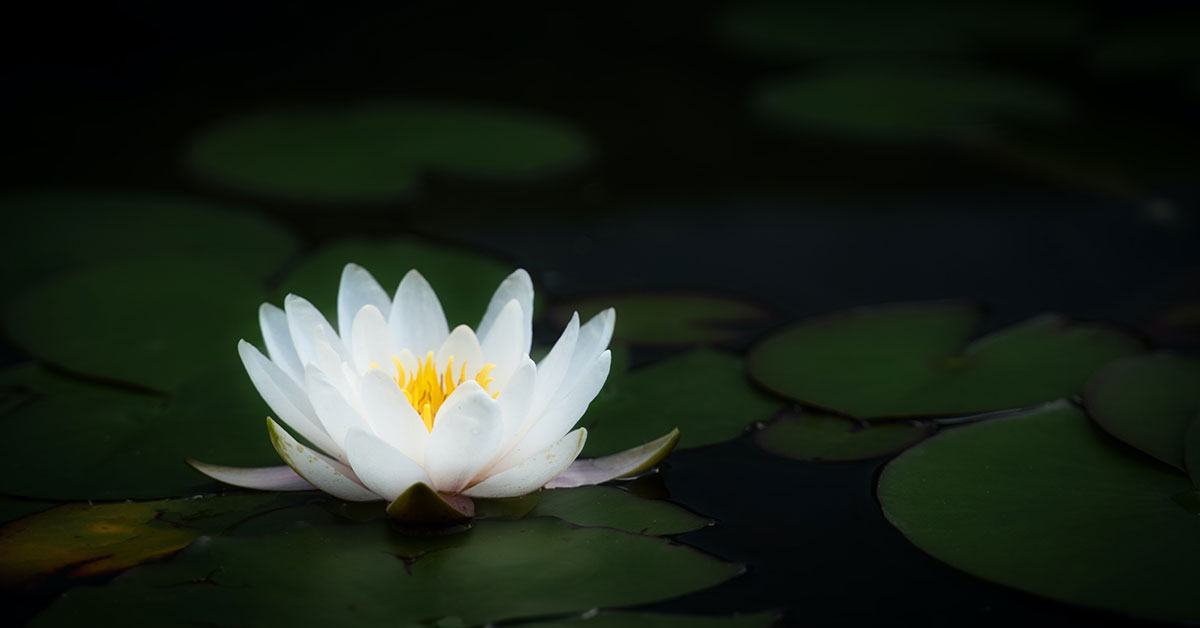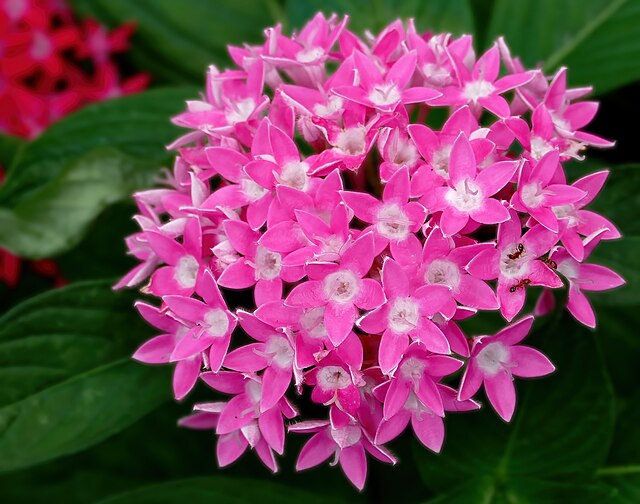When it comes to the Lone Star State, Texas, one cannot help but conjure images of sprawling landscapes, wild frontiers, and the timeless allure of the Old West. Amidst this rich tapestry of history and natural beauty lies a captivating symbol, the state flower of Texas – the Bluebonnet (Lupinus texensis).
With its striking blue blooms painting the countryside each spring, the Bluebonnet stands as a testament to the state’s resilience, tenacity, and unyielding spirit. In this article, we embark on a journey to discover the fascinating story behind this iconic wildflower, delving into its cultural significance, ecological importance, and the deep-rooted affection Texans hold for their beloved state flower.
Join us as we unravel the enchanting tale of the Bluebonnet and unravel the bond that unites it with the heart and soul of Texas.
What is the state flower of Texas?
The state flower of Texas is the Bluebonnet (Lupinus texensis). It is a vibrant and beautiful flower that is native to the state and is cherished for its iconic blue petals. Bluebonnets typically bloom in the spring, covering fields and roadsides with their stunning blue colors.
A Bluebonnet is a type of wildflower that belongs to the Lupinus genus. Specifically, the Bluebonnet commonly associated with Texas is known as Lupinus texensis. It is the state flower of Texas and holds a special place in the hearts of Texans.
Bluebonnets are characterized by their distinct blue, lupine-shaped flowers with a white central spot. They typically bloom in early spring, carpeting the fields, highways, and meadows across the state with their vibrant colors. The name “Bluebonnet” comes from the flower’s shape, which resembles a bonnet or sunbonnet.
These wildflowers are not only visually stunning but also play a vital ecological role in Texas and other regions they inhabit. Bluebonnets are part of the legume family, and like other legumes, they have the ability to fix nitrogen in the soil, which enriches the earth and benefits surrounding plant life.
Apart from their ecological significance, Bluebonnets hold cultural importance as a symbol of the Texas spirit and pride. Texans eagerly anticipate the arrival of spring each year, as it brings with it the magnificent bloom of Bluebonnets, marking a time of renewal and natural beauty.
In addition to the Texas Bluebonnet (Lupinus texensis), other species of Lupinus found in different parts of North America are also commonly referred to as Bluebonnets, including the Lupinus subcarnosus (Sandyland Bluebonnet) and Lupinus perennis (Sundial Lupine). However, when people generally refer to Bluebonnets, they are often talking about the species Lupinus texensis that is specific to Texas.
How to grow Bluebonnets – the state flower of Texas
Growing Bluebonnets, the state flower of Texas, can be a rewarding experience that allows you to enjoy the beauty of these iconic wildflowers in your own garden. Here are some steps and tips to help you successfully grow Bluebonnets:
- Select the Right Seeds: Bluebonnets can be grown from seeds, so it’s essential to choose quality seeds from a reliable source. Opt for seeds of the Lupinus texensis variety for the classic Texas Bluebonnet.
- Timing: The best time to plant Bluebonnet seeds in Texas is during the fall or early winter. This allows the seeds to go through the natural cold stratification process, which enhances germination rates.
- Site Selection: Choose a sunny spot with well-draining soil for planting Bluebonnet seeds. These wildflowers thrive in full sun, and soil with good drainage helps prevent issues like root rot.
- Soil Preparation: Bluebonnets prefer slightly alkaline soils with a pH range of 7 to 8. If your soil is too acidic, consider adding some agricultural lime to raise the pH. Avoid using fertilizers high in nitrogen, as Bluebonnets are nitrogen-fixing plants and can obtain their nitrogen from the air.
- Scarification: Bluebonnet seeds have hard seed coats that need to be scarified (scratched or slightly damaged) to aid germination. This can be done by lightly sanding the seeds with sandpaper or carefully nicking them with a knife. Alternatively, soaking the seeds in water overnight can also help soften the seed coat.
- Planting: Scatter the scarified seeds on the prepared soil surface and lightly press them into the soil. Avoid burying the seeds too deep, as they need exposure to sunlight for successful germination.
- Watering: After planting, water the seeds lightly. Keep the soil moist but not waterlogged during the germination period, which typically takes a few weeks.
- Thinning: Once the seedlings emerge, thin them out to give each plant enough space to grow and thrive. This can be done by removing the weaker seedlings, leaving the healthiest ones spaced about 6 to 12 inches apart.
- Maintenance: Bluebonnets are relatively low-maintenance once established. Water sparingly once they are established, as they are drought-tolerant. Remove any weeds that compete with the young seedlings for nutrients.
- Harvesting Seeds: If you wish to collect seeds for future planting, allow the seed pods to fully mature and dry on the plant. Once the pods turn brown and start to split open, collect the seeds and store them in a cool, dry place for next year’s planting.
Remember that Bluebonnets are wildflowers, and they might not behave exactly like cultivated plants. Some years, environmental factors may affect their bloom, so be patient and enjoy the beauty of nature’s unpredictable cycles. With proper care and attention, you can have a stunning display of Bluebonnets in your garden and celebrate the spirit of Texas through its cherished state flower.
Symbolism associated with Bluebonnets
Bluebonnets, as the state flower of Texas, hold deep cultural and symbolic significance for Texans and beyond. Here are some of the symbolic associations and meanings commonly linked to Bluebonnets:
- Texas Spirit and Pride: Bluebonnets are widely regarded as a symbol of the Texas spirit and pride. They represent the natural beauty and resilience of the state, evoking a sense of loyalty and love for the land.
- Renewal and Rebirth: Bluebonnets bloom in the spring, marking the season of renewal and new beginnings. Their emergence from the earth each year symbolizes the cyclical nature of life and the hope for a fresh start.
- Purity and Serenity: The soft, delicate appearance of Bluebonnets often represents purity, innocence, and serenity. Their calming blue color is associated with tranquility and peacefulness.
- Native Heritage: Bluebonnets are native wildflowers to Texas, and their presence in the state is a testament to the natural heritage and history of the region. They remind people of the connection to the land and its original inhabitants.
- Resilience and Adaptability: Bluebonnets can thrive in various conditions, including challenging and arid environments. As such, they symbolize the ability to endure hardships and adapt to change.
- Freedom and Independence: The wild and untamed nature of Bluebonnets can be seen as a representation of freedom and independence, reflecting the Texan spirit of self-reliance and individuality.
- Community and Togetherness: Bluebonnets often grow in large clusters or fields, creating a sense of unity and togetherness in their abundance. They are a reminder of the importance of community and the strength found in coming together.
- Love and Admiration: For many Texans, Bluebonnets evoke a sense of nostalgia and fondness for their homeland. The sight of these wildflowers in bloom is often met with admiration and affection.
- Conservation and Environmental Awareness: As native plants, Bluebonnets are a symbol of the importance of conservation and preserving local ecosystems. Their presence in the landscape serves as a reminder of the need to protect and cherish the natural world.
- Tradition and Heritage: Bluebonnets have been an integral part of Texas culture for generations. They are often associated with cherished traditions, like taking family photos in Bluebonnet fields or participating in annual wildflower festivals.
Overall, Bluebonnets embody a rich tapestry of meanings, combining elements of nature, history, and cultural identity. They serve as a cherished emblem of Texas and hold a special place in the hearts of those who appreciate their beauty and the deeper symbolism they carry.




